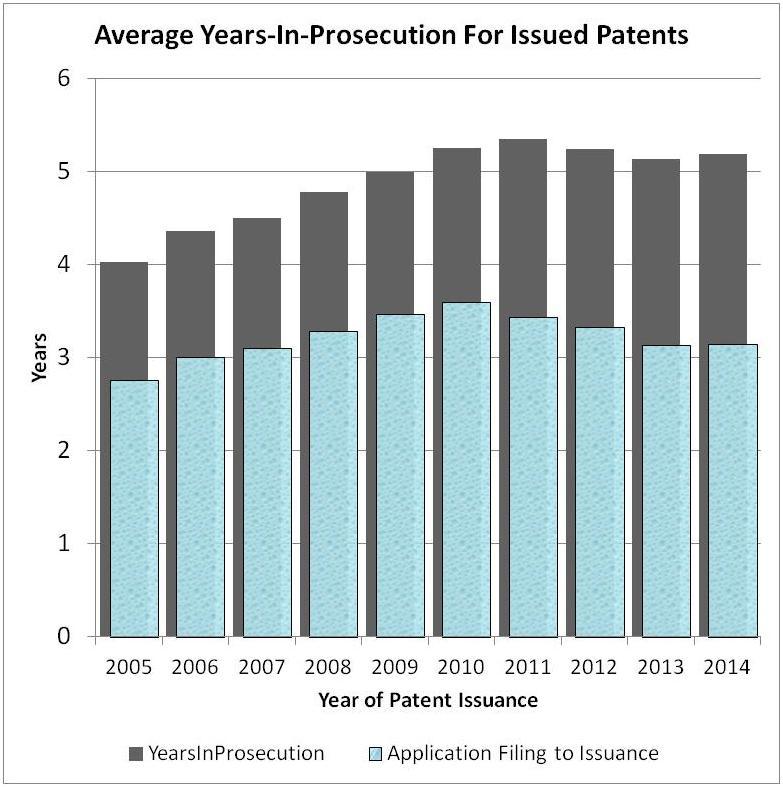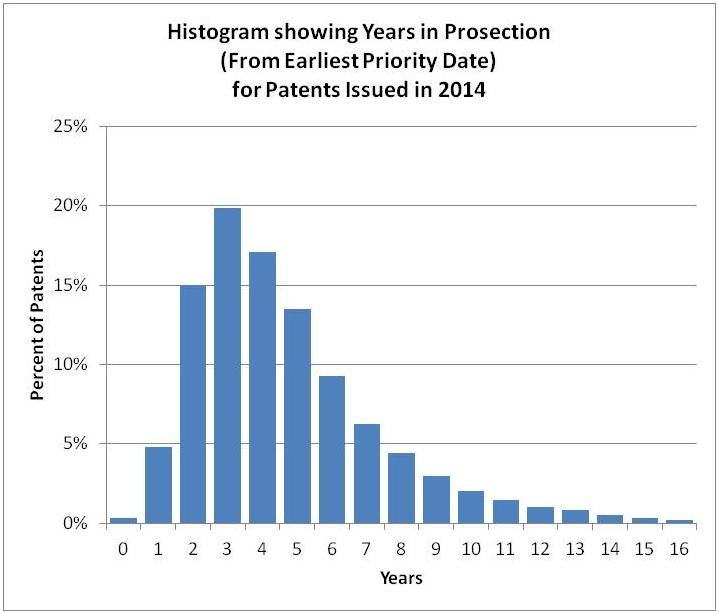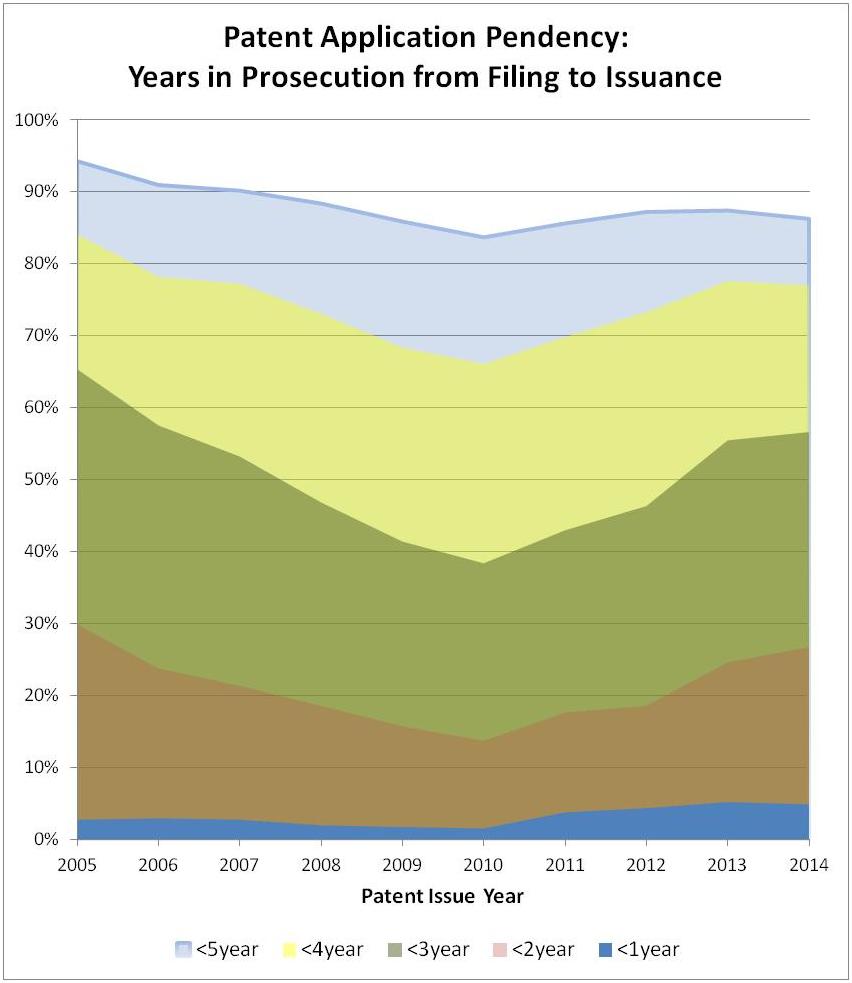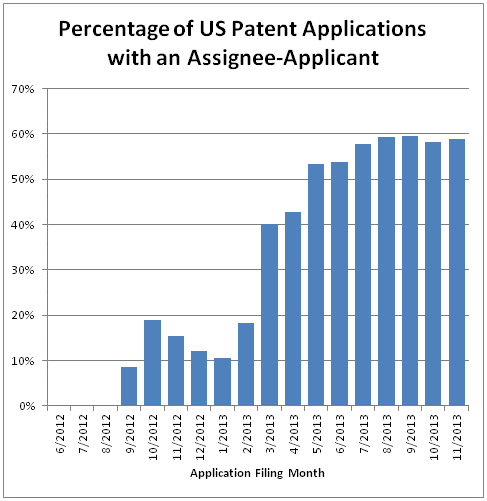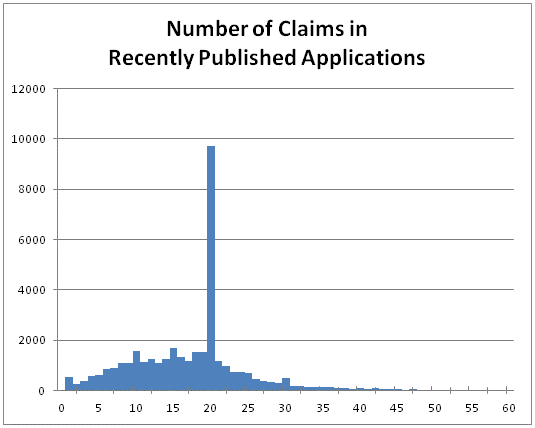By Jason Rantanen
K/S HIMPP v. Hear-Wear Technologies, LLC (Fed. Cir. 2014) Download Opinion
Panel: Lourie (author), Dyk (dissenting), Wallach
This nonobviousness case is significant because it illustrates an important way that some Federal Circuit judges are pushing back against KSR v. Teleflex (2007): by focusing the analysis on the presence or absence of individual limitations in the prior art and limiting what can be considered in establishing the presence of that limitation. Here, the majority holds that while common sense or basic knowledge may provide a reason to combine elements present in the prior art, it cannot establish the presence of an element itself.
Background: Hear-Wear is the owner of Patent No. 7,016,512, which relates to hearing aid technology. At issue in the appeal were dependent claims 3 and 9 (Hear-Wear did not appeal the BPAI’s ruling that the remaining claims of the ‘512 patent, including the claims from which 3 and 9 depended, were invalid in light of the prior art). Claim 3 of the ‘512 patent states:
3. The at least partially in-the-canal module for a hearing aid of claim 2 wherein said insulated wiring portion is terminated by a plurality of prongs that provide a detachable mechanical and electrical connection to an audio processing module.
Claim 9 similarly depends from claims 7 and 8, adding the identical “wherein said insulated wiring portion is terminated by a plurality of prongs that provide a detachable mechanical and electrical connection” language.
Patent Office Proceedings: During prosecution of the ‘512 patent, the Examiner rejected all claims as obvious, and further stated with respect to claims 3 and 9 that “providing a plurality of prongs for the electrical connections or for the plugs is known in the art.” Slip Op. at 3, quoting office action. In response, the applicant amended independent claims 1 and 7 to expand on the “cushion tip” element and the Examiner allowed all the claims.
HIMPP subsequently instituted an inter-partes reexamination, challenging the validity of claims 1-12 of the ‘512 patent (note that the reexamination request was filed pre-AIA). In that proceeding, the Examiner concluded that all of the claims of the ‘512 except claims 3 and 9 were invalid in light of the prior art. The BPAI disagreed with the Examiner’s basis for rejecting claims 1, 2, 4-8, and 10-12, but nevertheless concluded that these claims were invalid in light of prior art. The BPAI declined, however, to reverse the Examiner’s decision not to reject claims 3 and 9 because there was no factual support in the record for the plurality of prongs element. HIMPP appealed the BPAI’s refusal to reject claims 3 and 9; Hear-Wear did not appeal the rejection of the remaining claims.
Result: The only issue on appeal was whether the additional limitation in dependent claims 3 and 9, viz: that the “insulated wiring portion is terminated by a plurality of prongs that provide a detachable mechanical and electrical connection,” was sufficient to render the claims nonobvious. Writing for himself and Judge Wallach, Judge Lourie affirmed the BPAI. Writing in dissent, Judge Dyk would have reversed the BPAI and rejected claims 3 and 9 for obviousness.
What’s going on here? At the outset, it’s important to recognize what this appeal is not about. It is not about whether or not electrical plugs were actually known in the art as of 2001, except to the extent that the court might take de novo judicial notice of that fact. Nor is it about whether, assuming that electrical plugs were present in the prior art, common sense could provide a reason to combine plugs with the other elements of claims 1 and 2 of the ‘512 patent.
Instead, K/S HIMPP v. Hear-Wear highlights two important tensions in nonobviousness jurisprudence that are now bubbling to the surface: first, whether the standard for nonobviousness under KSR is so flexible as to allow common sense or basic knowledge to provide an element of the claimed invention, and second, the degree to which Examiners and the BPAI/PTAB may rely upon their own technical expertise. Here, the majority embraces a strict evidentiary approach: a claim element must be present in the record and if it is not, the PTO may only consider it in narrow, peripheral circumstances. The dissent criticizes the majority for adopting an overly rigid approach that denies examiners recourse to common sense.
Strong Evidentiary Requirements for “Core Factual Findings”: In Judge Lourie’s view, KSR does not dispense with the need to have evidence in the record disclosing each claim limitation, particularly where those limitations are “important structural limitations”:
“Here the Board refused to adopt HIMPP’s proposed rejection of claims 3 and 9 because it found that there was not a suitable basis on the record “for concluding that the particular structural features of claims 3 and 9 [were] known ‘prior art’ elements.” Board Opinion at 24. The Board’s decision was correct because an assessment of basic knowledge and common sense as a replacement for documentary evidence for core factual findings lacks substantial evidence support.”
Rather, there must be “evidence on the record, particularly where it is an important structural limitation that is not evidently and indisputably within the common knowledge of those skilled in the art.” Slip Op. at 7 (more on the emphasized text in a moment). KSR does not require otherwise: “[T]he Board’s holding is not inconsistent with KSR’s caution against the overemphasis on publications and patents for combining or modifying prior art that are already on the record….In contradistinction to KSR, this case involves the lack of evidence of a specific claim limitation, whereas KSR related to the combinability of references where the claim limitations were in evidence.” Id. (internal citations omitted).
Nor may employees of the PTO rely on their own technical knowledge. Examiners should only do so in narrow circumstances, i.e., where the facts asserted to be well known are not capable of instant and unquestionable demonstration as being well-known), and even then must “provide an affidavit or declaration setting forth specific factual statements and explanations to support that finding,” if challenged by the applicant. Slip Op. at 8, citing 37 C.F.R. § 1.104(d)(2) and the M.P.E.P. And while the court recognizes that the BPAI has subject matter expertise, it “cannot accept general conclusions about what is “basic knowledge” or “common sense” as a replacement for documentary evidence for core factual findings in a determination of patentability.” Id.
Common sense and Agency Expertise: Judge Dyk disagreed. “In my view, the majority’s holding is inconsistent with the Supreme Court’s decision in KSR International Co. v. Teleflex Inc., 550 U.S. 398 (2007), and will have substantial
adverse effects on the examination process.” Dissent at 2.
Here, the majority’s imposition of a rigid evidentiary standard for the presence of claim elements in the prior art goes too far. To the extent In re Zurko, 258 F.3d 1379 (Fed. Cir. 2001) (the primary case relied upon by the majority) held otherwise, it is inconsistent with KSR:
In Zurko, we held that, as to core (as opposed to peripheral) issues, “the Board cannot simply reach conclusions based on its own understanding or experience—or on its assessment of what would be basic knowledge or common sense.” Id. That statement is contrary to the Court’s holding in KSR that “[o]ften[] it will be necessary for a court to look to . . . the background knowledge possessed by a person having ordinary skill in the art” when examining obviousness, 550 U.S. at 418 (emphasis added), and that “[r]igid preventative rules that deny factfinders recourse to common
sense . . . are neither necessary under our case law nor consistent with it.” Id. at 421. The majority’s approach here is inconsistent with KSR itself and also with our post-KSR approach. Following KSR, we recognized that the Court “expanded the sources of information for a properly flexible obviousness inquiry to include . . . the background knowledge, creativity, and common sense of the person of ordinary skill.” Perfect Web Techs., Inc. v. InfoUSA, Inc., 587 F.3d 1324, 1329 (Fed. Cir. 2009). Consequently, obviousness inquiries “include recourse to logic, judgment, and common sense available to the person of ordinary skill that do not necessarily require explication in any reference.” Id.
Furthermore, the PTO should be able to rely on its own expert knowledge when addressing issues of patentability:
Deference to the agency’s expert knowledge is particularly important with respect to obviousness. Throughout [the Supreme] Court’s engagement with the question of obviousness, [its] cases have set forth an expansive and flexible approach . . . .” KSR, 550 U.S. at 415. The Court emphasized that “[r]igid preventative rules that deny factfinders recourse to common sense . . . are neither necessary under our case law nor consistent with it.” Id. at 421. The Court specifically rejected the approach that
the majority adopts here, stating that “[t]he obviousness analysis cannot be confined by . . . overemphasis on the importance of published articles and the explicit content of issued patents.” Id. at 419. Publications and patents are not sufficient by themselves because “[i]n many fields it may be that there is little discussion of obvious techniques or combinations.” Id.
Dissent at 5. This approach – of allowing examiners and the BPAI to rely on their own technical expertise, is consistent with the approach of the predecessor to the Federal Circuit, the Court of Customs and Patent Appeals. It also maintains safeguards to prevent its abuse: specifically, the requirement that Examiners “state on the record that they are relying on a fact well known in the art and provide their rationale for doing so” and the opportunity that applicants have to challenge the Examiner’s “determination that particular features were common knowledge in the art.” Dissent at 7, 8.
No Judicial Notice: Is the presence of a plug in the prior art as of 2001 a “core factual finding” related to an “important structural limitation” that is “not evidently and indisputably within the common knowledge of those skilled in the art”? Judge Lourie thought so, and further declined to take judicial notice of the presence of electrical plugs in the art as of 2001 for the same reason that it was reasonable for the Board and Examiner to decline to take official notice (i.e.: that these facts were “not capable of instant and unquestionable demonstration as being well-known.”). Slip Op. at 8. On this point, Judge Dyk jabs back: “Every purchaser of electrical devices in the United States for the past 50 years or more is familiar with multipronged electrical connections.” Dissent at 4.
